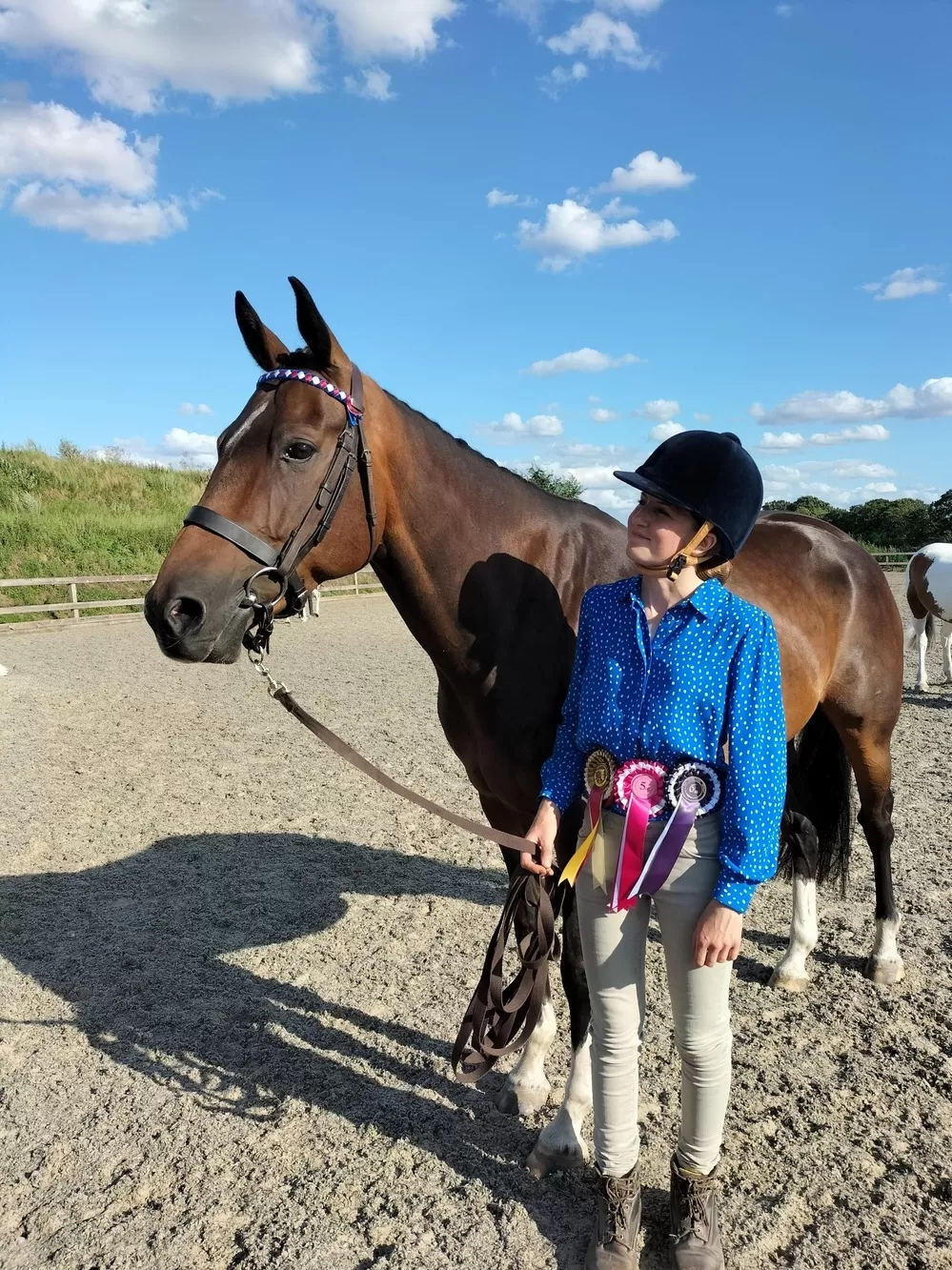22 February 2017

Laminitis is a very painful condition that is caused by inflammation in the horse’s foot.
Symptoms
The signs to look for are a bounding digital pulse in the fetlock, growing levels of discomfort shown by painful expression on the face, and reluctance to move or weight shifting.
Even if you only suspect laminitis you should call a vet as it does not get better on its own. The damage is progressive and worsens over time, and does not resolve without veterinary and farriery intervention.
The structures affected are called ‘laminae’ (hence the name of the condition) and they connect the bone inside the foot to the hoof wall. They are cleverly designed to allow the hoof wall to grow down while keeping the bone column itself elevated inside the foot and protected from contact with the ground.
When inflammation occurs, even in the earliest hours, the connection weakens and the weight of the horse under the influence of gravity pushes the skeleton down and causes the sensitive and insensitive laminae to tear apart. We can imagine the pain as similar to that of a thumbnail being torn away – extremely painful and one that gets worse without spotting signs and taking action.
To help you identify these early signs why not ask your vet or farrier to provide you with guidance and check out our links below?

Causes and prevention
Laminitis is a preventable condition that will leave the horse in need of careful management to avoid future episodes.
It can be caused by different things but most cases can be prevented through careful weight management to prevent obesity and particularly careful access to rich sugary grazing throughout the year. Find out more about spotting weight gain and controlling calories by downloading our 'Lightening the load' field notes here (PDF 973 KB) and learning how to body condition score here.
The majority of laminitis cases are actually caused by an underlying disease that affects the hormone system, which then leads the horse to be at risk of laminitis. Knowing if your horse has one of these conditions should make you extra careful about weight management and vigilance for the early signs and symptoms of laminitis. These conditions are Equine Metabolic Syndrome (PDF 3.6 MB) or Pituitary Pars Dysfunction (PDF 906 KB) (PPID, previously called Cushings).
Laminitis can also be caused by ‘mechanical’ disorder whereby the laminae are damaged through problems with the hoof ‘balance’ and workload. Routine and skilled foot trimming and farriery eliminate the risk of this cause of laminitis. It is more c ommonly seen when severe or chronic lameness in one limb can lead to laminitis in the other (weight bearing) limb due to excessive weight loading.
To learn more about Laminitis, download our leaflet here. (PDF 1.4 MB)

Redwings Press Office
Find out more about Redwings Press Office



